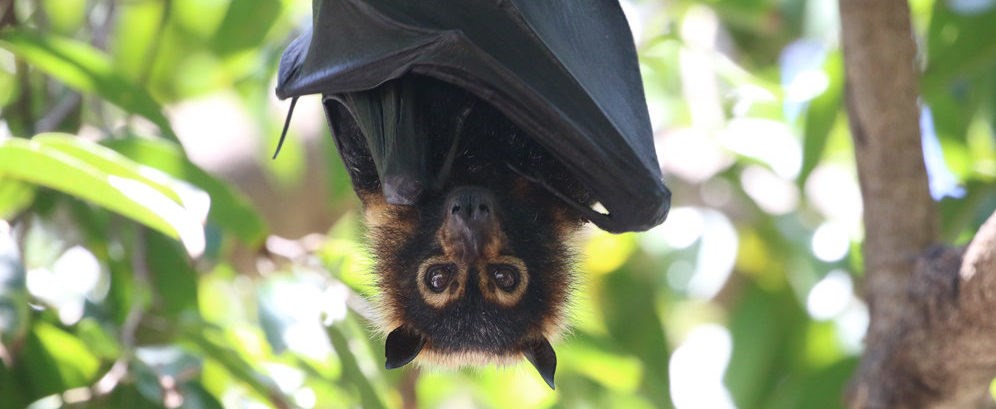Covid-19 outbreak is still unfolding, and we are yet to fully experience its effect on our societies and lives. However, it’s worth looking into how this coronavirus came about and reflecting on what can be done to diminish the possibility of another pandemic.
Maja Malmberg, Researcher at the Section of Virology at the Department of Biomedical Sciences and Veterinary Public Health at SLU and Ekaterina Bessonova, Communications Officer at SIANI has written a blog post on what measures can be done to avoid another virus outbreak.
Exactly when and how the virus has first infected humans remains to be determined. It could have come from bats to humans directly or passed through another animal. Coronaviruses are famous for their ability to exchange part of its genome, the so-called recombination, something that makes them prone to change hosts.
Protect the animal habitats
Banning trade of wild animals is a straightforward measure to limit exposure to new pathogens. However, it is not the only reason behind the Covid-19 outbreak. The emergence of new viruses tends to happen in places where the landscape has been changed and the area occupied by human activity is becoming larger and wild animals are being squeezed into shrinking spaces. This leads to that animals that wouldn’t normally come in contact with humans will then do so to a higher extent, increasing the risk for exposure and spread of viruses wild animals carry and that we have not experienced before.
Increasing biosafety standards
Covid-19 sparked discussion about whether animal-based diets play a role in the emergence and spread of unknown and dangerous viruses. While there is plenty of research pointing that moderate consumption of meat has strong health and climate benefits, to what extent livestock production represents a risk of emergence of zoonosis depends on production management factors and country context. For these reasons, increasing biosafety standards may offer a more appropriate way to reduce the risk of zoonotic diseases than excluding animal-based foods.
The risk that new viruses can emerge and spread will always be there. But it is possible to minimize the losses by means of fast accurate detection and early response. Mapping the existing viruses in all animals will help to find out what is out there and start developing technologies and strategies that can help us prepare and cope with possible outbreaks, pivoting from reactive to a proactive response.
Raising general awareness about what viruses are, how they spread and how one can protect from them is also key.
Read the full blog post
